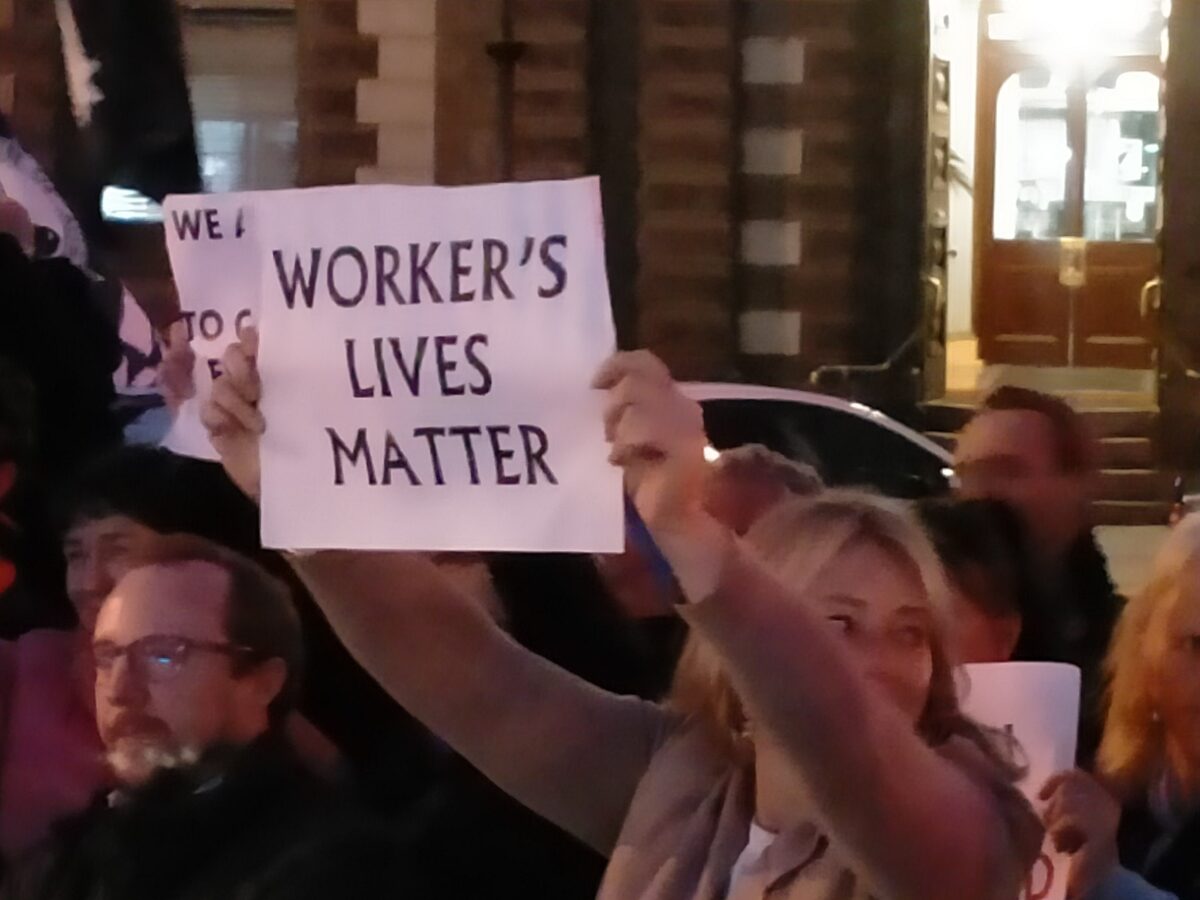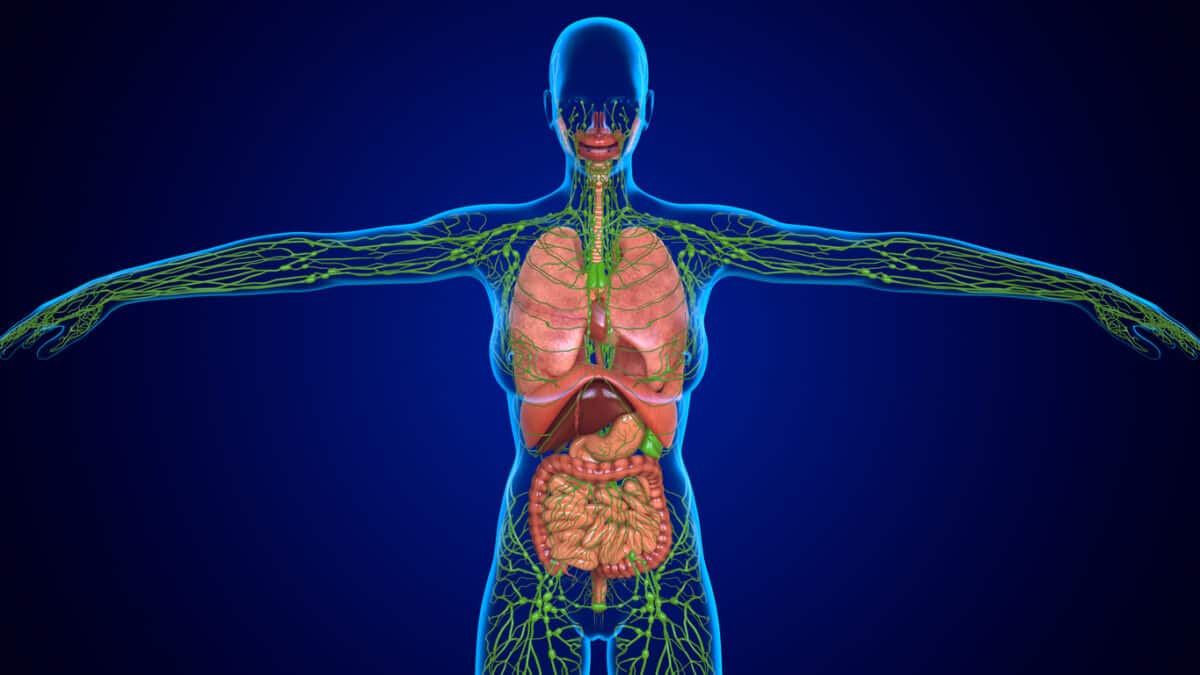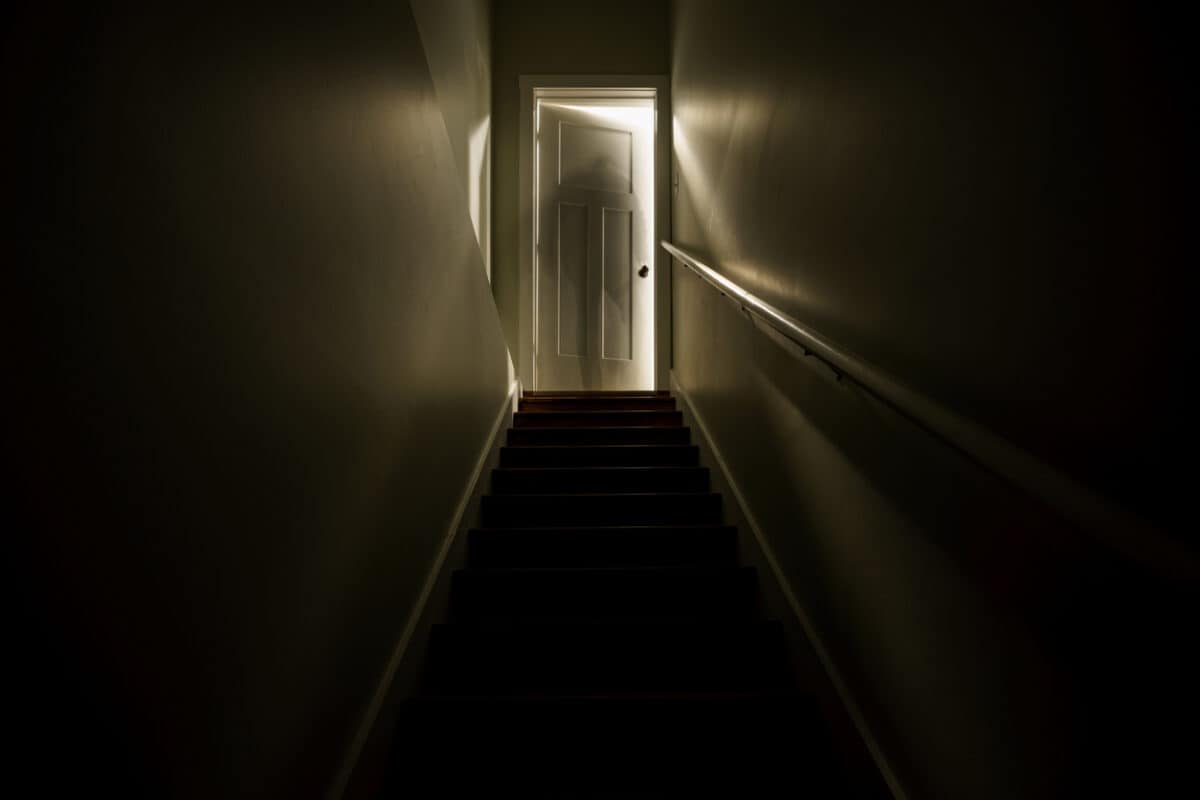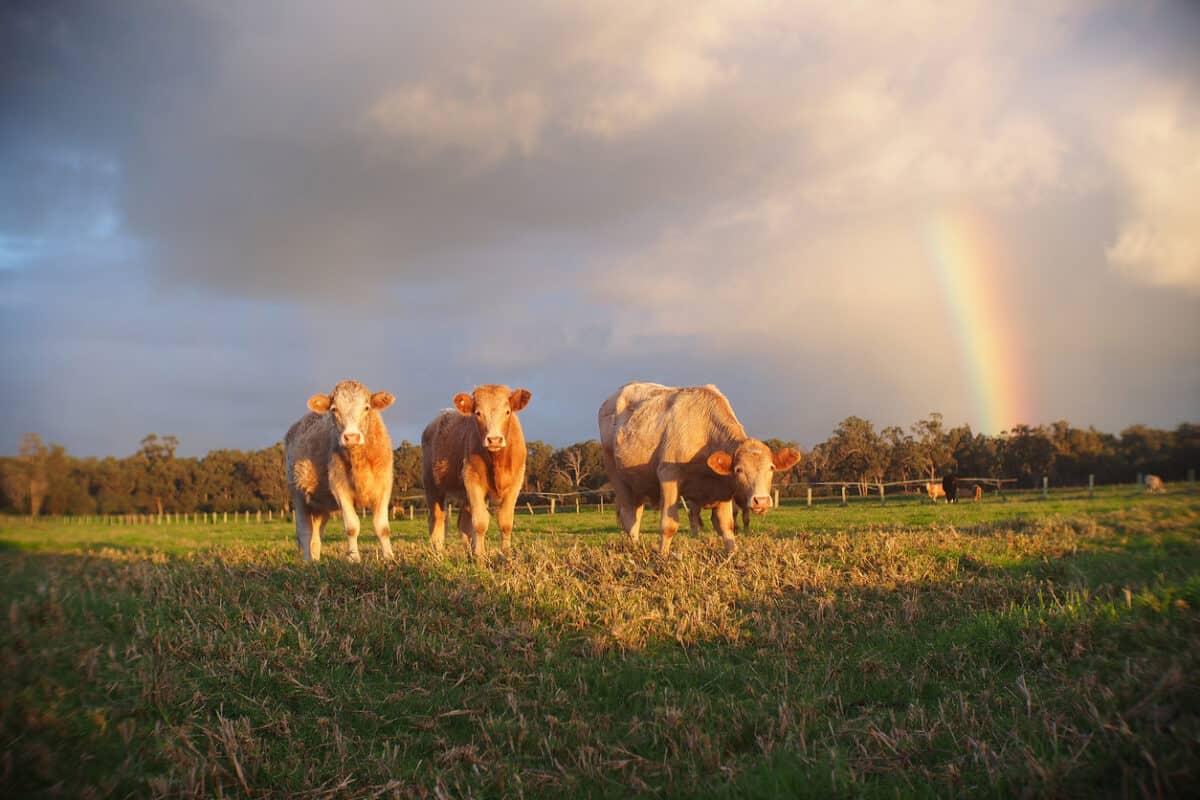One of Australia’s Budget documents, released this week, that should be very relevant to occupational health and safety (OHS) advocates is Budget Statement 4, which is called “Measuring What Matters Statement”. This discusses the measurement of budget decisions compared to a tweaked version of the OECD Framework for Measuring Well-being and Progress.
One of the most disappointing statements in this paper is on page 138:
“Australia does not have an overarching progress and well-being national framework or centralised set of indicators.”
page 138







